SGGP
Currently, over 92% of the population nationwide participates in health insurance (HI), equivalent to about 91.7 million people. However, for many years, the list of drugs covered by HI has not been updated or supplemented with new drugs, causing patients with HI cards to suffer many disadvantages and medical facilities to face difficulties in treatment.
Reluctance to prescribe drugs not listed on health insurance
After finishing the examination and receiving medicine at Thong Nhat Hospital (HCMC) at noon, Ms. Le Thi Hong (53 years old, living in Go Vap district, HCMC) said that the doctors diagnosed her with gastritis and grade A reflux.
Holding a bag of medicine with all kinds, Mrs. Hong said: “I’m used to taking medicine instead of eating! Same 7 familiar medicines as last month, take for 30 days then come back for a check-up and get the medicine.”
Mr. Nguyen Van Kha (42 years old, living in District 4, Ho Chi Minh City) said that he has lipid metabolism disorder, sometimes goes to health insurance clinic but is also afraid to take health insurance medicine, so he relies on test results and asks acquaintances to "write a prescription" for him, goes to an outside pharmacy to buy medicine because it is more effective!
According to some medical experts, when patients with health insurance cards get sick and need to be treated at the hospital, in addition to the health insurance drugs provided in the list, many people have to pay out of pocket to buy additional drugs from outside to improve the effectiveness of treatment because health insurance does not cover these drugs, or in other words, they are not included in the list of health insurance drugs.
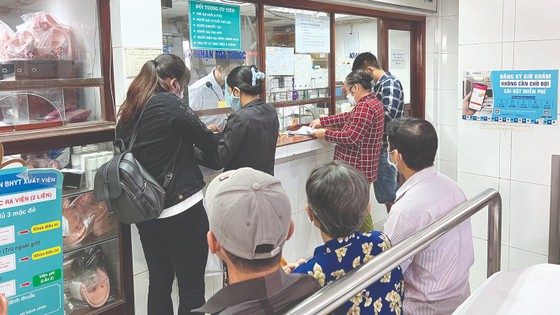 |
People receive health insurance medicine at the Ho Chi Minh City Orthopedic Hospital on October 30. Photo: CAO THANG |
Professor Nguyen Gia Binh, Chairman of the Vietnam Association of Resuscitation and Anti-Poison, informed that currently, among the drugs covered by health insurance, there are many old-generation drugs with limited treatment effectiveness and many side effects, but doctors still have to prescribe them to patients, because if they prescribe drugs not on the list, patients will have to pay more out of pocket even though the treatment is more effective.
Sharing the same opinion, a doctor at a public hospital in Ho Chi Minh City said that doctors know that some drugs in the health insurance list have side effects but still have to prescribe them to patients, because if they prescribe drugs not in the health insurance list, it will be "troublesome" because the prescription is not in accordance with the procedure.
“Many good medicines shorten the treatment time but are not covered by health insurance. If you pay for them yourself, the cost is high, beyond the patient's financial capacity. According to statistics from the authorities, Vietnamese people are having to pay 40% of the cost of medical examination and treatment, twice as much as the recommendation of the World Health Organization, so this reality is creating an economic burden on treatment,” a doctor shared.
According to data from the IQVIA MIDAS Pharmaceutical Research Organization updated to 2022, only 9% of new drugs are available in Vietnam (out of a total of 460 new drugs launched from 2012 to the end of 2021); only 11% of generic drugs are used in the proportion of drugs used in hospitals. These drugs include targeted therapy drugs, immunotherapy drugs in cancer treatment and some cardiovascular drugs. This limits the ability of patients to access new, advanced treatment solutions through the health insurance channel.
5 years no update
Currently, the list of drugs covered by health insurance includes 1,037 active pharmaceutical ingredients, 59 radioactive drugs, markers, and 229 traditional oriental medicines and drugs from medicinal herbs.
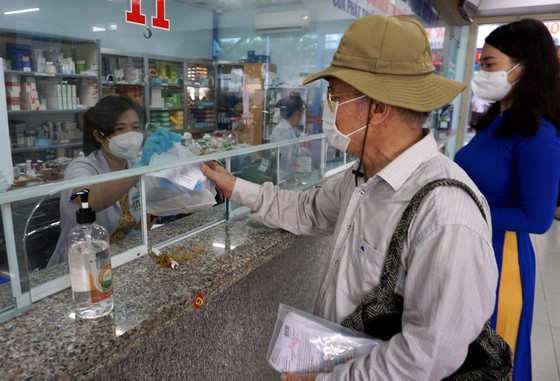 |
People receive health insurance medicine at District 7 Hospital, Ho Chi Minh City. Photo: HOANG HUNG |
According to the Ministry of Health , the country currently has about 20,000 valid drug registration certificates, including many new drugs that are evaluated to be clinically and financially effective. However, since 2018, the list of drugs covered by health insurance according to Circular 30/2018/TT-BYT has not been updated or supplemented with new drugs in a comprehensive manner. The most recent update in Circular 20/2022/TT-BYT on "List and rates, payment conditions for pharmaceutical drugs, biological products, radioactive drugs and markers covered by health insurance participants" only added the list of drugs to treat Covid-19, without updating new drugs.
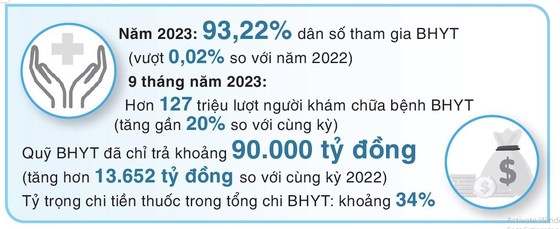 |
According to Ms. Tran Thi Trang, Acting Director of the Health Insurance Department (Ministry of Health), accelerating the update of new drugs in the list of health insurance drugs is very necessary for patients and treatment facilities, but it is also necessary to balance the health insurance contribution level. Although Circular 20/2022/TT-BYT has supplemented relatively complete payment instructions for health insurance drugs, this list has not been reviewed, revised, and supplemented fully and comprehensively; currently, there are many new drugs invented and registered for circulation in Vietnam that are effective, safe, and have reasonable costs, but have not been updated in the list of drugs covered by health insurance.
“Patients and doctors always want the best medicine for patients, but we must also ensure a balance between revenue and expenditure with the Health Insurance Fund. The Ministry of Health is studying and proposing to relevant agencies about the funding source for patients from the Health Insurance Fund, diversifying sources, including socialized sources of payment. Regarding the scope of benefits, we also try to expand as much as possible, including more opportunities to access treatment drugs,” Ms. Tran Thi Trang informed.
According to many medical experts, the current list of drugs covered by health insurance needs to be updated, supplemented with new drugs in a comprehensive manner, and have a mechanism for periodic updates once a year. This brings great benefits in medical examination and treatment for both patients and doctors, and at the same time contributes to promoting the implementation of the goal of universal health insurance.
Coordinating review and periodic update
Minister of Health Dao Hong Lan said that the ministry has directed the Health Insurance Department to review and update the drug lists to meet the people's medical examination and treatment needs. However, the list of health insurance drugs is also related to the assessment of safety as well as the impact on the Health Insurance Fund, so the Ministry of Health is coordinating with ministries and branches to periodically review and supplement this list. It is expected that in early 2024, there will be documents updating the list of health insurance drugs to meet the needs of serving the people.
Increase health insurance benefits for some cases
From December 3, Decree No. 75/2023/ND-CP amending and supplementing a number of articles of Decree 146/2018/ND-CP officially took effect. Specifically, the health insurance benefit level was increased from 80% to 100% of health insurance medical examination and treatment costs for a number of groups of subjects who have contributed to the revolution; youth volunteers; police officers and soldiers who have been granted benefits according to regulations; frontline workers. Supplementing the health insurance benefit level for groups of subjects who are ethnic minorities escaping poverty.
It takes 2-4 years for new drugs to be included in the health insurance list.
According to the process, for patients to access new drugs, the drug must be approved by the EMA (European Medicines Agency) and the FDA (US Food and Drug Administration) for the first time; then the new drug must be registered for circulation in Vietnam. Next is the procedure for approval into the list of health insurance drugs (usually 2-4 years) and the hospital proceeds to purchase (bid). Meanwhile, this process in Japan is 3 months; in the UK, France is 15 months and in Korea is 18 months.
Source



![[Photo] President Luong Cuong receives heads of delegations attending the signing ceremony of the Hanoi Convention](https://vphoto.vietnam.vn/thumb/1200x675/vietnam/resource/IMAGE/2025/10/25/1761377309951_ndo_br_1-7006-jpg.webp)
![[Photo] General Secretary To Lam receives United Nations Secretary-General Antonio Guterres](https://vphoto.vietnam.vn/thumb/1200x675/vietnam/resource/IMAGE/2025/10/25/1761376410088_a1-bnd-4607-5891-jpg.webp)

![[Photo] President Luong Cuong and United Nations Secretary-General Antonio Guterres chaired the signing ceremony of the Hanoi Convention.](https://vphoto.vietnam.vn/thumb/1200x675/vietnam/resource/IMAGE/2025/10/25/1761370409249_ndo_br_1-1794-jpg.webp)



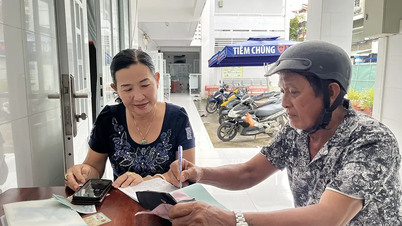













![[Video] Vietnam pioneers in applying AI in healthcare](https://vphoto.vietnam.vn/thumb/402x226/vietnam/resource/IMAGE/2025/10/25/1761354209315_720-jpg.webp)












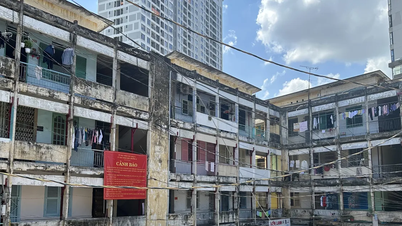










































































Comment (0)